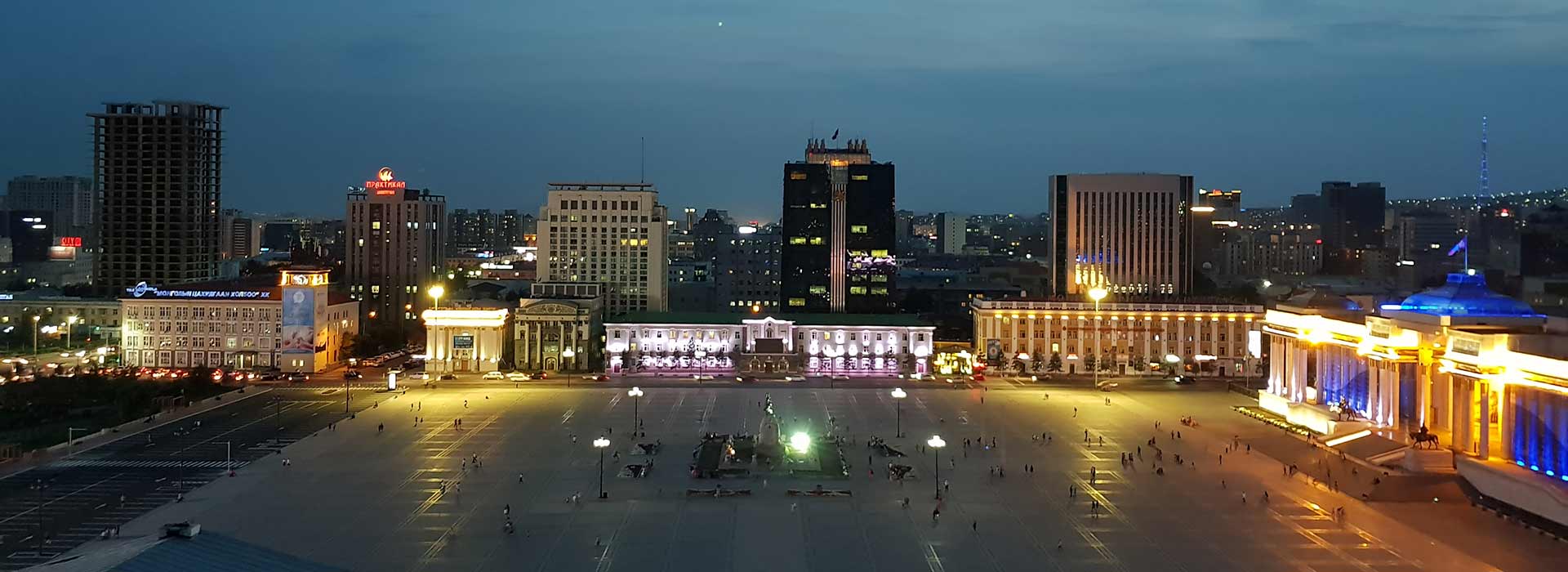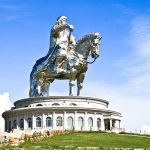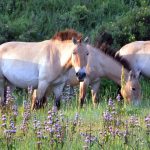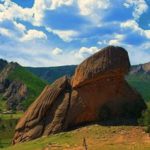
Ulaanbaatar
Introduction
Ulaanbaatar (Улаанбаатар), also known as Ulan Bator or simply just UB, is the capital of Mongolia. With a population of around 1.3 million, it is the largest city in Mongolia.
Ulaanbaatar is located at about 1,350 metres (4,430 ft) above sea level, slightly east of the center of Mongolia in a valley of Tuul River at the foot of the mountain Bogd Khan Uul, which is also one of the oldest reserves in the world, being protected by law since the 18th century.
Owing to its high elevation Ulaanbaatar is the coldest national capital in the world. The city was founded in 1639 as a nomadic Buddhist monastic center and in 1778 it settled permanently at its present location. Before that, it changed location twenty-eight times.
It is the country’s cultural, industrial and financial heart, the center of Mongolia’s air, road and railway network, connected by rail to both the Trans-Siberian Railway in Russia and China.
For business and pleasure trips, you will find yourself coming to the city at least once.
| Trip Details |
|---|
| Fullday City Tour |
| Daily |
Trip Details
Gandantegchinlen Monastery:
The Gandantegchinlen Monastery is a Mongolian Buddhist monastery in the Mongolian capital of Ulaanbaatar that has been restored and revitalized since 1990. The Tibetan name translates to the “Great Place of Complete Joy”. It currently has over 150 monks in residence. It features a 26.5-meter-high statue of Avalokiteśvara. It came under state protection in 1994. The monastery was constructed by order of the 5th Jebtsundamba Khutuktu in 1809. The first temple was the Gungaachoilin Datsan. Only one wooden pillar remains from this temple. In 1838, the Gandantegchenlin Temple was built along with the private residence of the Jebtsundamba Khutuktu. The 13th Dalai Lama stayed in the residence in 1904. In 1840, the Vajradhara Temple was built. In 1869, the Zuu Temple was built. In 1913, the tall Avalokiteśvara temple was built. In 1925, the temple for keeping the remains of the 8th Jebtsundamba Khutuktu was built. It is now the monastery library.
Sukhbaatar square:
Sukhbaatar Square is the central square of Mongolia’s capital Ulaanbaatar. The official name was changed in 2013 in honor of Chinggis Khaan, considered the founding father of Mongolia. But again changed previously name in 2016. The city’s residents still refer it by the original name. A large colonnade monument to Chinggis Khaan, as well as to Ögedei Khan, and Kublai Khan dominates the square’s north side directly in front of the Saaral Ordon (Government Palace). The center of the square features an equestrian statue of Damdin Sukhbaatar, one of the leaders of Mongolia’s 1921 revolution.
National Museum of Mongolia:
The National Museum of Mongolia is one of the national museums of Mongolia located in Ulaanbaatar. The National Museum of Mongolia is a cultural, scientific, and educational organization, which is responsible for the collection, conservation and interpretation of the objects under its curation.
The first museum in Mongolia, which was called the Mongolian National Museum (now the Mongolian Natural History Museum), was established in 1924.
Winter Palace of the Bogd Khan
The Winter Palace of the Bogd Khan is located in southern Ulaanbaatar, Mongolia, on the road to Zaisan. It is now a museum. The palace is the only one left from originally four residences of the eighth Jebtsundamba Khutughtu, who was later proclaimed Bogd Khan, or emperor of Mongolia.
Built between 1893 and 1903, the Chinese style complex includes six temples, each one of them contains Buddhist art-work, including sculpture and thangka. It is one of the few Mongolian historical attractions which have neither been destroyed by the Soviets or the Communist Mongolians. On display are many of the Bogd Khan’s possessions, such as his throne and bed, his collection of art and stuffed animals, his ornate ceremonial ger, a pair of ceremonial boots given to the Khan by Russian Tsar Nicholas II, and also a jeweled regalia worn by the Bogd Khan’s pet elephant.
Zaisan hill
The Zaisan Memorial is a memorial in the southern area of the Mongolian capital of Ulaanbaatar that honors Soviet soldiers killed in World War II. Located on a hill in the southern part of the city, the memorial features a circular memorial painting that depicts scenes of friendship between the people of the USSR and Mongolia. The mural depicts scenes such as Soviet support for Mongolia’s independence declaration in 1921, the defeat of the Japanese Kwantung Army by the Soviets at Khalkhiin Gol on the Mongolian border in 1939, victory over Nazi Germany and peacetime achievements such as Soviet space flights including the flight of Soyuz 39 which carried the first Mongolian into space, Jugderdemidiin Gurragchaa.
PRICE 2024 ex Ulaanbaatar:
1person: USD 270 per person
2people: USD 170per person
3people: USD 150per person
4/7people: USD 130per person
8+people: USD 100per person
Practicalities:
Transfers:
Operates daily as shared transfer on fixed times. Starts at 09:00 and finishes around 17:00.
Includes:
Lunch in Ulaanbaatar. City transfers. Local English speaking guide. Entrance fees to museum and park.
Excludes:
Drinks. Arrival and departure transfers and hotel nights in Ulaanbaatar.
Transfer schedule:
Daily year around.
What our guests say
We appreciate your feedback about our tours and services.








